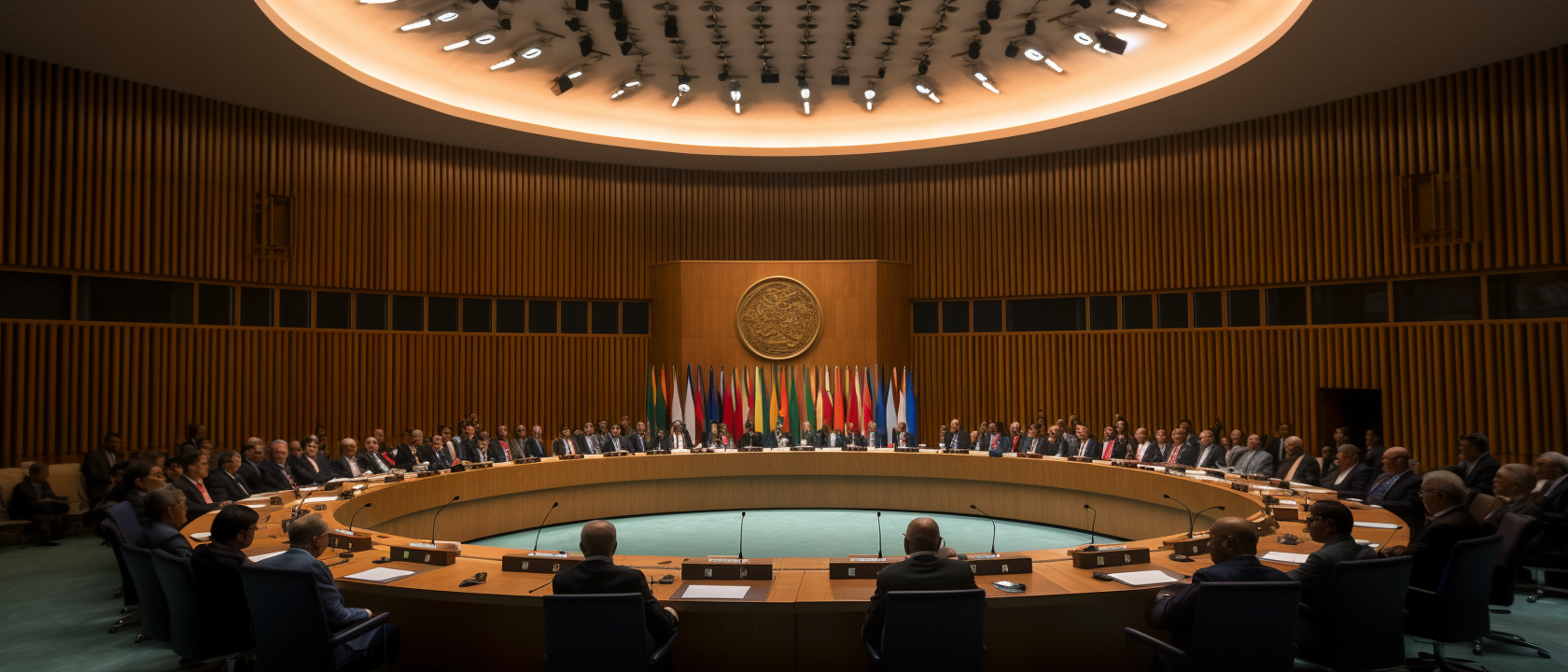
New Delhi Declaration
In an increasingly polarised world, the 2023 New Delhi Declaration at the Leaders Summit of the G20 was a diplomatic triumph. But as you read through the pages of the text it is striking how much it covers in terms of new technologies and their governance.
This is a link-enhanced version of an article that first appeared in The Mint. You can read the original here.
In the end, the 2023 G20 Leaders’ Summit was over almost before it started. Halfway through Day 1, Indian negotiators had hammered out a consensus on the Leaders’ Declaration that, in the words of India’s G20 Sherpa, had “absolutely no dissent, no footnotes, no chair summaries." It was that rare example of a well-achieved global consensus. With 112 outcomes and presidency documents, India’s was arguably also the most productive G20 presidency, having more than tripled the substantive output of previous presidencies. That all this got done in less time than was available makes it all the more impressive.
As I read through the leaders’ statement, I was struck by the extent to which it referenced new technologies and how they needed to be governed. These are issues that have often featured in articles in this column, and so I thought it might be useful to see how the consensus reflected in the New Delhi Declaration will influence the way new technologies will be regulated.
Crypto and AI
One such area of focus was the regulation of crypto and other virtual assets. With the rise in incidents of investor fraud, the global community has been looking to forge a consensus on how they should be regulated. The G20 nations have agreed to adopt the recommendations of the Financial Stability Board on crypto assets and give effect to the standards published by the Financial Action Task Force—including, in particular, its travel rule as it pertains to crypto assets. The New Delhi Declaration goes on to recognise that blockchain technologies, particularly in the form of central bank digital currencies (CBDCs), can be of value, especially when used for the cross-border transfers of funds.
There is, as might have been expected, an entire paragraph devoted to the regulation of artificial intelligence (AI). However, unlike at other multilateral fora—where the focus has been on the risks and harms of AI —the New Delhi Declaration has highlighted the benefits that AI has to offer. As a result, the document reflects the commitment of G20 member nations to leverage AI for the public good, so that it can be used to solve challenges in a human-centric way. This has been expressed in the form of a commitment to adopt a pro-innovation regulatory approach that will maximize the benefits of AI while still taking into account the risks that might arise with the use of these technologies. This optimistic approach has also been reflected in the many references to AI peppered throughout the document, including its potential for use in education.
Biofuels
One of the major announcements at the Leaders Summit was the creation of the Global Biofuels Alliance, a new grouping of countries committed to the promotion of biofuels as a means to achieving low or zero carbon emissions. Leading this alliance are the outgoing (Indian) and incoming (Brazilian) presidencies of the G20. These are two of the world’s largest producers of sugarcane, which, as I have pointed out in an earlier Ex Machina column, is a raw material from which much ethanol biofuel is synthesised.
Digital Public Infrastructure
But it is, without a doubt, the idea of digital public infrastructure (DPI) that gets the most air-time in the New Delhi Declaration. The document first defines DPI as a set of shared digital systems (designed to be built and leveraged by both the private and public sector) using open standards and specifications that enable the delivery of services at societal scale. It then goes on to reflect the agreement of G20 countries on the fact that inclusive DPI foster resilience and innovation and their acceptance of the G20 Framework for Systems of Digital Public Infrastructure for the development, deployment and governance of DPI. The Declaration also references India’s proposals to establish a Global DPI Repository for use by countries both within as well as outside the G20, and the establishment of the One Future Alliance, an initiative aimed at building capacity, providing technical assistance and funding support for the deployment of DPI in other low and middle income countries.
In a number of places in the document, there are ideas that I can see will eventually metamorphose into future DPI projects—for instance, the creation of a reference classification for occupations to enable cross-country comparability and mutual recognition of skills (a step towards a DPI system for consent-based skill-sharing), and the establishment of systems for the digitization of trade documents (which could pave the way for DPI for the cross-border transfer of goods).
But it is in relation to financial inclusion that the Declaration makes the most significant contribution. Members of the G20 have endorsed a set of detailed Policy Recommendations for Advancing Financial Inclusion and Productivity Gains through DPI and have agreed to incorporate DPI into the Financial Inclusion Action Plan for the next three years. Given that the stewardship of the Global Partnership for Financial Inclusion is now in the hands of an Indian co-chair, it would be safe to say that the use of DPI to address challenges of financial inclusion will continue to receive the level of support needed even beyond the term of India’s presidency.
The New Delhi Declaration has forged a consensus around how new frameworks for technology governance can be developed. It will be interesting to see what India can do to build on this foundation, so that it continues to shape global data governance.



